The must-read stories and debate in health policy and leadership.
- Today’s bringing together: CCG to centralise acute service in long-awaited reconfiguration
- Today’s taking apart: Trusts fear ‘fragmentation’ of specialised services under Health Bill reforms
One of the South West’s longest serving NHS provider chief executives is retiring next March.
Robert Woolley has announced he will step down from University Hospitals of Bristol and Weston Foundation Trust after a very respectable 11 years in charge.
Mr Woolley leaves the £950m-income trust in a healthier position than when he became CEO. After being rated “requires improvement” by the Care Quality Commission in the first half of the previous decade, Mr Woolley led his trust to an “outstanding” rating in 2017. Even more impressively, the trust retained its rating in 2019 — becoming only the third NHS trust to achieve this.
But it has not all been plain sailing. The organisation has struggled to improve the safety of services at Weston Hospital after completing a merger with Weston Area Health Trust last April. A covid-19 outbreak at Weston’s wards had tragic consequences for a small number of patients.
But, seen in the context of 11 years at the helm, Mr Woolley’s leadership of UHBW must be described overall as a real success story.
No let up
There is no let up yet for the NHS from the combined pressures of covid-19 and ‘other’ demands.
On Monday, the number of patients in hospital with covid hit a new high for this summer wave — the highest figure since March — having now hovered around the same level since late July. On Tuesday, it was more or less the same: up eight people, to 5,437 patients.
The throughput of covid patients, some very seriously ill, remains a real ongoing pressure for some hospitals — mostly in Yorkshire, the North East and the North West, although the East Midlands has shown worrying signs of growth in recent days too.
Previous waves declined fairly sharply once the peak had been reached. A range of factors mean that, this time, cases, admissions and occupancy are flatlining, or dipping then rising again.
Demand pressures from non-covid illness remain very high for the season nationally. In what could well be a related signal, the latest weekly mortality figures from the Office for National Statistics show a heightened death rate in recent weeks, which is not all explained by direct covid deaths. Potential explanations include the knock-off effect of missed diagnoses and interventions during the pandemic; non-covid respiratory illness which is now emerging; and/or the impact of long-covid in exacerbating underlying conditions.



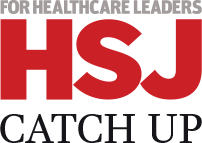
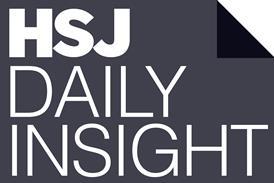
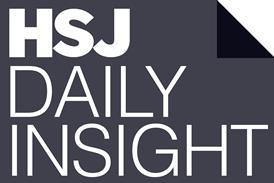
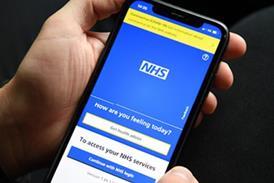




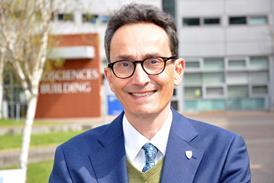












No comments yet